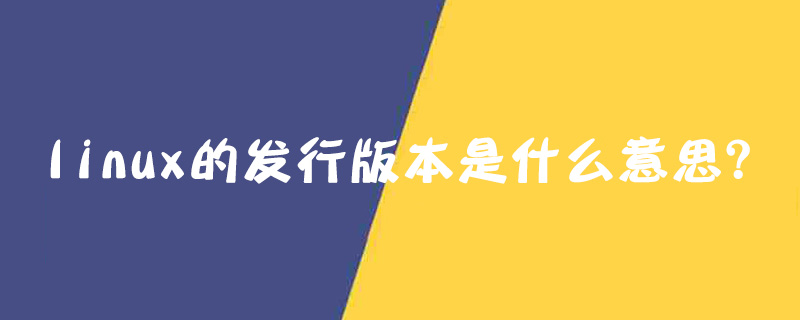

Technically speaking, Linux developed by Linus Torvalds is just a kernel. The kernel refers to a system software that provides device drivers, file systems, process management, network communications and other functions. The kernel is not a complete operating system, it is only the core of the operating system.
When people often mention Linux, they usually refer to the Linux distribution; the Linux distribution is an operating system composed of the Linux kernel, GNU tools and libraries, and a software collection.
Some organizations or manufacturers package the Linux kernel with various software and documents, and provide system installation interfaces and system configuration, setting and management tools, which constitutes a Linux distribution.
In the development process of the Linux kernel, various Linux distributions played a huge role. It was they that promoted the application of Linux, allowing more people to start paying attention to Linux. Therefore, it is actually inaccurate to directly refer to Red Hat, Ubuntu, SUSE, etc. as Linux. They are Linux distributions. To be more precise, they should be called "operating system software packages with Linux as the core."
Each release version of Linux uses the same Linux kernel, so there is no compatibility problem at the kernel layer. Each version has a different feel, just in the outermost layer of the release version. (Applications integrated and developed by publishers) are reflected.
Linux distributions can be roughly divided into two categories:
● Releases maintained by commercial companies, represented by the famous Red Hat ;
● Releases maintained by community organizations, represented by Debian.
It's hard to say which one of the numerous Linux versions is better, each one has its own characteristics.
The above is the detailed content of What does linux distribution version mean?. For more information, please follow other related articles on the PHP Chinese website!